I am using this TIA circuit and photodiode in photovoltaic mode. I'd like to modify the circuit such that at zero light a positive voltage is produced at Vout. And as more light falls on the photodiode, the circuit would produce a greater negative voltage.
I can add a bias voltage to the positive input to the op amp to achieve the desired effect. But I am not sure about the downside of applying a positive voltage to the photodiode. I have added C4 here to reduce the resistor noise of the bias circuit.
The photodiode is expected to generate 100uA at the maximum light level


